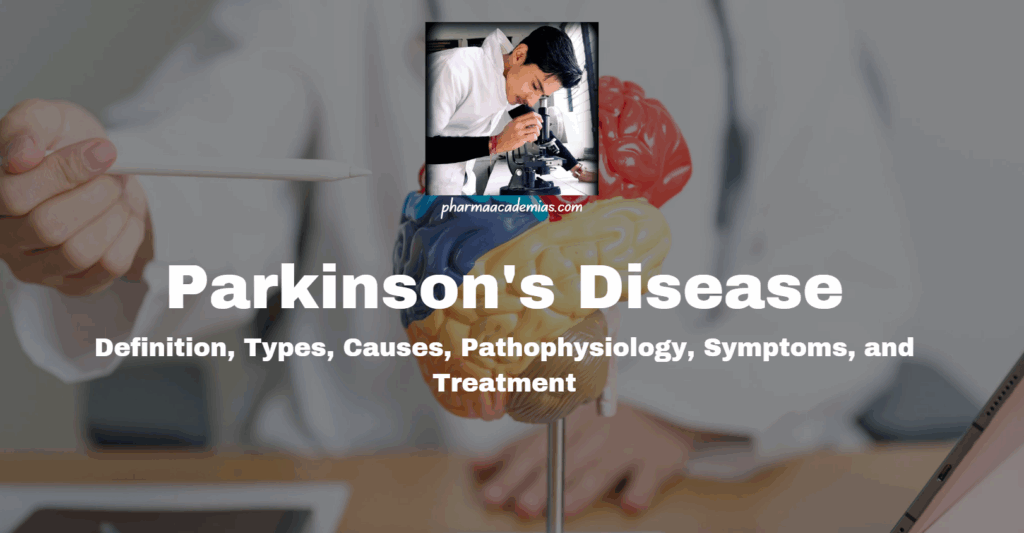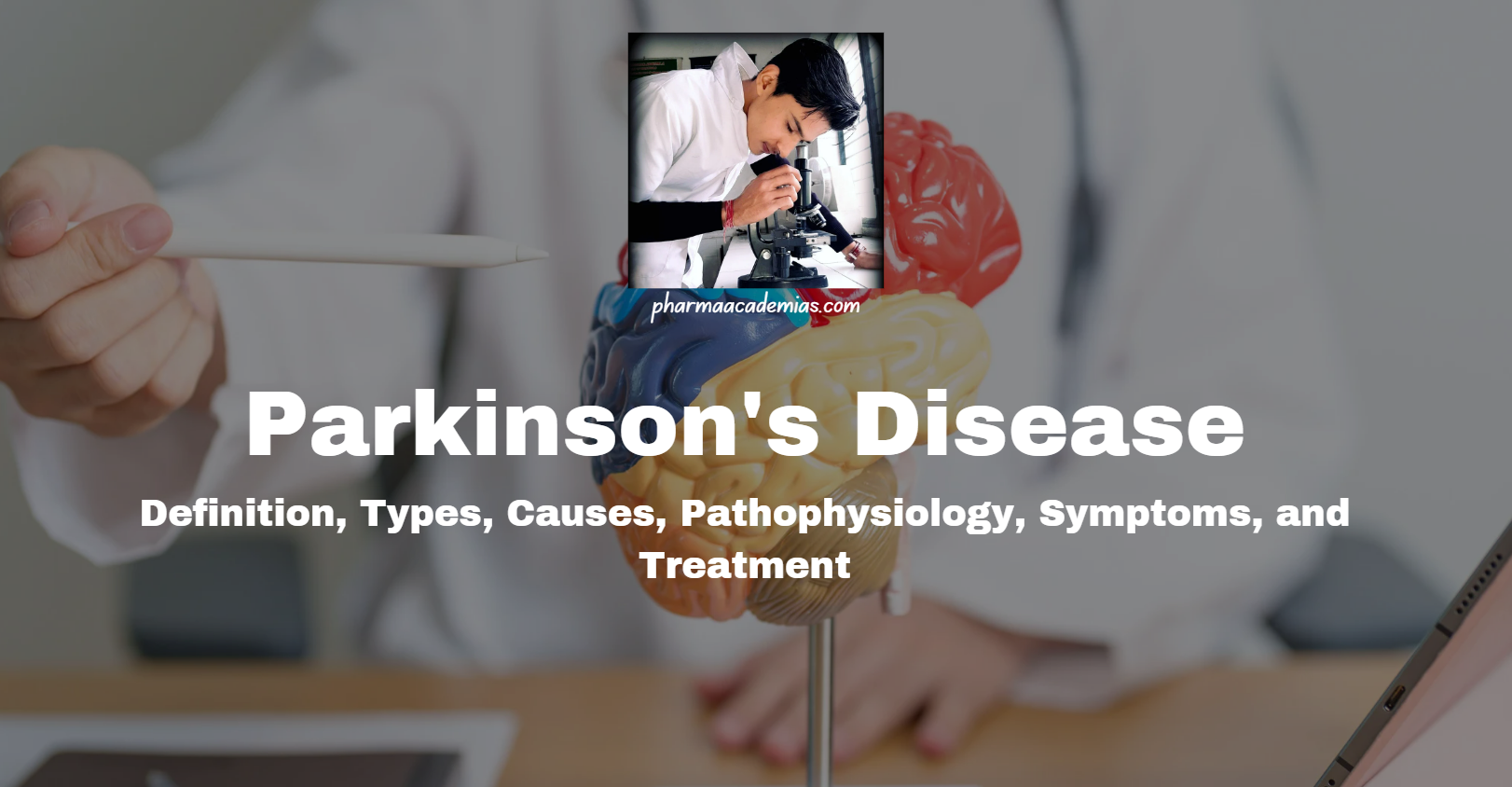
Defining Parkinson’s Disease: Understanding the Symptoms, Causes, and Treatments
Parkinson’s disease is a progressive neurodegenerative disorder that primarily affects movement. It’s characterized by the gradual loss of dopamine-producing neurons in the brain, leading to a range of motor and non-motor symptoms. Understanding how to define Parkinson’s disease is crucial for early diagnosis, effective management, and improving the quality of life for those affected. This article will delve into the specifics of Parkinson’s disease, exploring its symptoms, causes, diagnosis, and available treatment options.
What is Parkinson’s Disease?
To define Parkinson’s disease accurately, it’s essential to understand its underlying pathology. It’s a long-term degenerative disorder of the central nervous system that mainly affects the motor system. The disease is characterized by the death of dopamine-generating cells in the substantia nigra, a region of the midbrain. Dopamine is a neurotransmitter that plays a vital role in controlling movement, coordination, and balance. When dopamine levels decrease, it leads to the hallmark motor symptoms associated with Parkinson’s disease.
Symptoms of Parkinson’s Disease
The symptoms of Parkinson’s disease vary from person to person, and their severity can change over time. The most common motor symptoms include:
- Tremor: Shaking, usually starting in a limb, often in the hand or fingers. It typically occurs at rest.
- Rigidity: Stiffness of the limbs and trunk, which can cause muscle aches and pain.
- Bradykinesia: Slowness of movement. This can make simple tasks difficult and time-consuming.
- Postural Instability: Impaired balance and coordination, leading to an increased risk of falls.
In addition to these motor symptoms, Parkinson’s disease can also cause a variety of non-motor symptoms, such as:
- Depression and Anxiety: Mood disorders are common in people with Parkinson’s disease.
- Sleep Disturbances: Insomnia, restless legs syndrome, and REM sleep behavior disorder.
- Cognitive Impairment: Problems with memory, attention, and executive function.
- Autonomic Dysfunction: Issues with blood pressure, bowel and bladder control, and sweating.
- Loss of Smell (Anosmia): Often an early symptom that can precede motor symptoms by several years.
Causes and Risk Factors
The exact cause of Parkinson’s disease is unknown, but it is believed to be a combination of genetic and environmental factors. Research has identified several genes that are associated with an increased risk of developing the disease, but these genetic mutations only account for a small percentage of cases. Environmental factors that may play a role include exposure to pesticides, herbicides, and certain toxins. Age is also a significant risk factor, as Parkinson’s disease typically develops after the age of 60.
Genetic Factors
While most cases of Parkinson’s disease are sporadic (i.e., not inherited), some individuals have a family history of the condition. Several genes have been linked to an increased risk, including:
- LRRK2: Mutations in this gene are the most common cause of inherited Parkinson’s disease.
- SNCA: This gene encodes for alpha-synuclein, a protein that clumps together in the brains of people with Parkinson’s disease.
- PARK2, PINK1, DJ-1: These genes are involved in mitochondrial function and are associated with early-onset Parkinson’s disease.
Environmental Factors
Exposure to certain environmental toxins has been linked to an increased risk of Parkinson’s disease. These include:
- Pesticides and Herbicides: Studies have shown a correlation between exposure to these chemicals and an increased risk of developing Parkinson’s disease.
- Heavy Metals: Exposure to manganese and other heavy metals may also increase the risk.
- Head Trauma: Repeated head injuries have been associated with a higher risk of developing Parkinson’s disease later in life.
Diagnosis of Parkinson’s Disease
Diagnosing Parkinson’s disease can be challenging, as there is no single definitive test. The diagnosis is typically based on a neurological examination, a review of the patient’s medical history, and an assessment of their symptoms. Doctors may use imaging tests, such as MRI or DaTscan, to rule out other conditions that can mimic Parkinson’s disease. A DaTscan can help visualize the dopamine transporters in the brain and may support the diagnosis, but it’s not always necessary.
Neurological Examination
A neurologist will assess the patient’s motor skills, including their gait, balance, coordination, and muscle tone. They will also look for signs of tremor, rigidity, and bradykinesia. The Unified Parkinson’s Disease Rating Scale (UPDRS) is often used to assess the severity of symptoms.
Medical History
The doctor will ask about the patient’s medical history, including any family history of Parkinson’s disease, exposure to toxins, and any other relevant medical conditions.
Imaging Tests
While MRI scans are usually normal in individuals with Parkinson’s disease, they are helpful in ruling out other conditions, such as stroke or brain tumors. A DaTscan can help visualize the dopamine transporters in the brain, which are typically reduced in people with Parkinson’s disease. However, a normal DaTscan does not necessarily exclude the diagnosis.
Treatment Options for Parkinson’s Disease
While there is no cure for Parkinson’s disease, there are several treatments available to help manage the symptoms and improve the quality of life. These include medications, surgery, and lifestyle modifications.
Medications
The primary goal of medication is to increase dopamine levels in the brain or to mimic the effects of dopamine. Common medications include:
- Levodopa: This is the most effective medication for Parkinson’s disease. It is converted into dopamine in the brain.
- Dopamine Agonists: These drugs mimic the effects of dopamine in the brain.
- MAO-B Inhibitors: These medications prevent the breakdown of dopamine in the brain.
- COMT Inhibitors: These drugs help to prolong the effects of levodopa.
- Amantadine: This medication can help reduce dyskinesias (involuntary movements) caused by levodopa.
Surgery
Deep brain stimulation (DBS) is a surgical procedure that involves implanting electrodes in specific areas of the brain to help control motor symptoms. DBS can be an effective treatment option for people with Parkinson’s disease who have not responded well to medications.
Lifestyle Modifications
Several lifestyle modifications can help manage the symptoms of Parkinson’s disease, including:
- Exercise: Regular exercise can help improve motor skills, balance, and coordination.
- Diet: A healthy diet rich in fruits, vegetables, and whole grains can help maintain overall health.
- Physical Therapy: Physical therapy can help improve strength, flexibility, and balance.
- Occupational Therapy: Occupational therapy can help people with Parkinson’s disease adapt to their changing abilities and maintain their independence.
- Speech Therapy: Speech therapy can help improve communication skills.
Living with Parkinson’s Disease
Living with Parkinson’s disease can be challenging, but with proper medical care, support, and lifestyle modifications, people with the condition can maintain a good quality of life. It is important to work closely with a healthcare team, including a neurologist, physical therapist, occupational therapist, and speech therapist, to develop a comprehensive treatment plan. Support groups and online resources can also provide valuable information and support. Understanding how to define Parkinson’s disease is just the first step in navigating this complex condition.
Future Research
Research into Parkinson’s disease is ongoing, with the goal of developing new and more effective treatments, as well as finding a cure. Researchers are exploring new drug therapies, gene therapies, and stem cell therapies. They are also working to identify biomarkers that can help diagnose Parkinson’s disease earlier and track its progression.
In conclusion, to define Parkinson’s disease means understanding it as a complex neurodegenerative disorder that affects movement and can impact various aspects of life. Early diagnosis, comprehensive treatment, and ongoing research are essential for improving the lives of those affected by this condition. [See also: Parkinson’s Disease Treatment Options] [See also: Understanding Parkinson’s Disease Stages]

